“Dream” (1948) was written by John Cage for Merce Cunningham’s dance, minimal fixed tones of sustained resonance, influenced by Balinese Gamelan and divinations through the I Ching.
No Feeling for Harmony
Born in Los Angeles in 1912, John Cage studied for a short time at Pomona College, with ultra-modernist and world music leader Henry Cowell at the New School, and later at UCLA with twelve-tone compositional method pioneer and atonal art music creator Arnold Schoenberg. There Cage envisioned composing music radically different from that of his time. “I certainly had no feeling for harmony, and Schoenberg thought that that would make it impossible for me to write music. He said ‘You’ll come to a wall you won’t be able to get through.’ So I said, ‘I’ll beat my head against that wall.’”
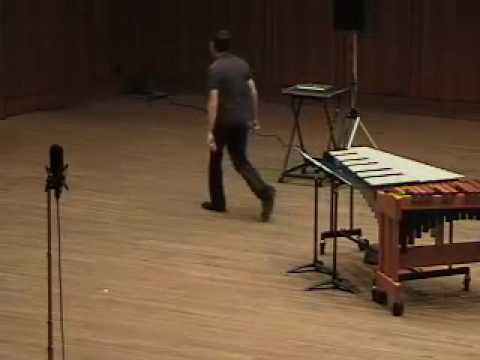
Watch this video on YouTube
Dream (1948) By John Cage
Dream was written as a piano accompaniment to Merce Cunningham’s dance. The music follows a rhythmic choreographic structure, using a fixed gamut of tones. Throughout the composition resonances are sustained, either manually or with the pedal, soft and meditative, reminiscent of Erik Satie’s impressionistic music. Essentially a single melodic line, it foreshadows the minimalism of Philip Glass, except for the last few bars. The performance was part of Justin Stolarik’s University of Texas at Austin DMA 2 Solo Percussion Recital, entitled “An Unconventional 20th Century Retrospective.”
Thursday, November 15th, 2007 in Bates Recital Hall.
Found Music
It wasn’t long before Cage found a cohort of avant-gardists intent on breaking with the rigid past. Two important early collaborators were the dancer-choreographer Merce Cunningham, met at the Cornish School of the Arts in Seattle and his lifelong partner, and the abstract expressionist-Neo-Dadaist painter Robert Rauschenberg.
Together with Cunningham and Rauschenberg at Black Mountain College, Cage created sound performances of the beautiful and surreal, experimenting with music composed through chance. Many of his ideas were inspired by French Dadaist-Surrealist Marcel Duchamp, who revolutionized twentieth-century art by presenting everyday, unadulterated objects in museum settings as finished works, called “found art,” or ready-mades by later scholars. Like Duchamp, Cage found music around him and did not necessarily rely on expressing something from within.
STORY: Prefabricated Surrealism in ‘Dreams That Money Can Buy’
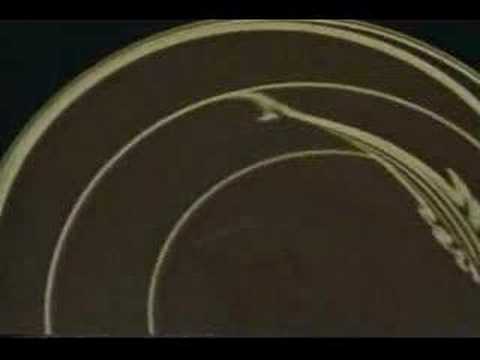
Watch this video on YouTube
Marcel Duchamp and John Cage from “Dreams that Money Can Buy,” a film by Hans Richter
Chance and Divination
Through his studies of Zen Buddhism and Indian philosophy in the late 1940s, Cage explored aleatoric or chance-controlled music. Taking these notions further, he often consulted the divinatory “I Ching,” or Book of Changes, to decide how to cut a recording and put it back together.
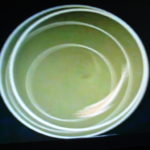
While his interest in chance procedures and found sound continued throughout the sixties, Cage began experimenting with recording and amplification technologies. One of his better known pieces was “Cartridge Music” (1960), where he amplified small household objects at a live performance. At the same time, Cage wrote and published his first book, “Silence” (1961), marking a shift toward literary endeavors.
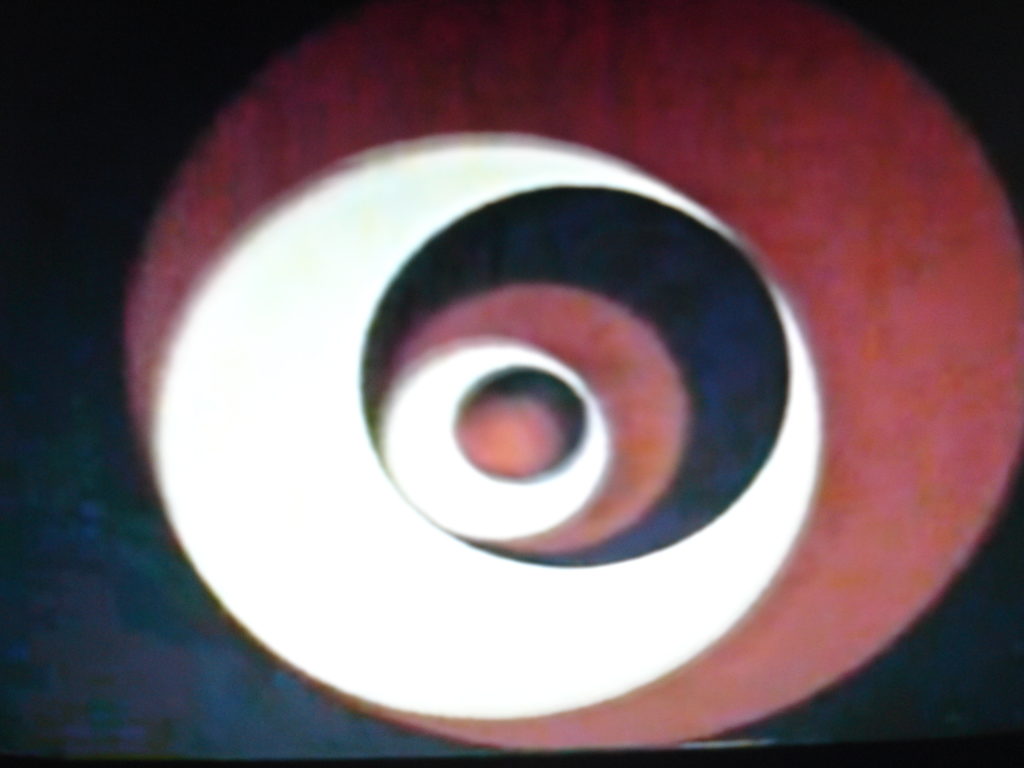

In the ’70’s, with inspirations like Thoreau and Joyce, Cage took literary texts and transformed them into music. “Roratorio, an Irish Circus on Finnegan’s Wake” (1979), was an outline for re-envisioning any work of literature as music. With a dynamic optimism, he sensed music everywhere, to be made from anything. While recognized as one of the most influential composers of the century, John Cage’s true legacy extends far beyond the world of contemporary music: poet, philosopher, artist, printmaker, amateur mycologist and mushroom collector.
Sources
“John Cage: About the Composer,” PBS
John Cage – Wikipedia
Robert Rauschenberg – Artsy
Mark Swed: “Southwest Chamber Music: John Cage 2012 Festival, Los Angeles: Sixteen Dances“ LA Times, March 27, 2011.
Updated 8 March 2023

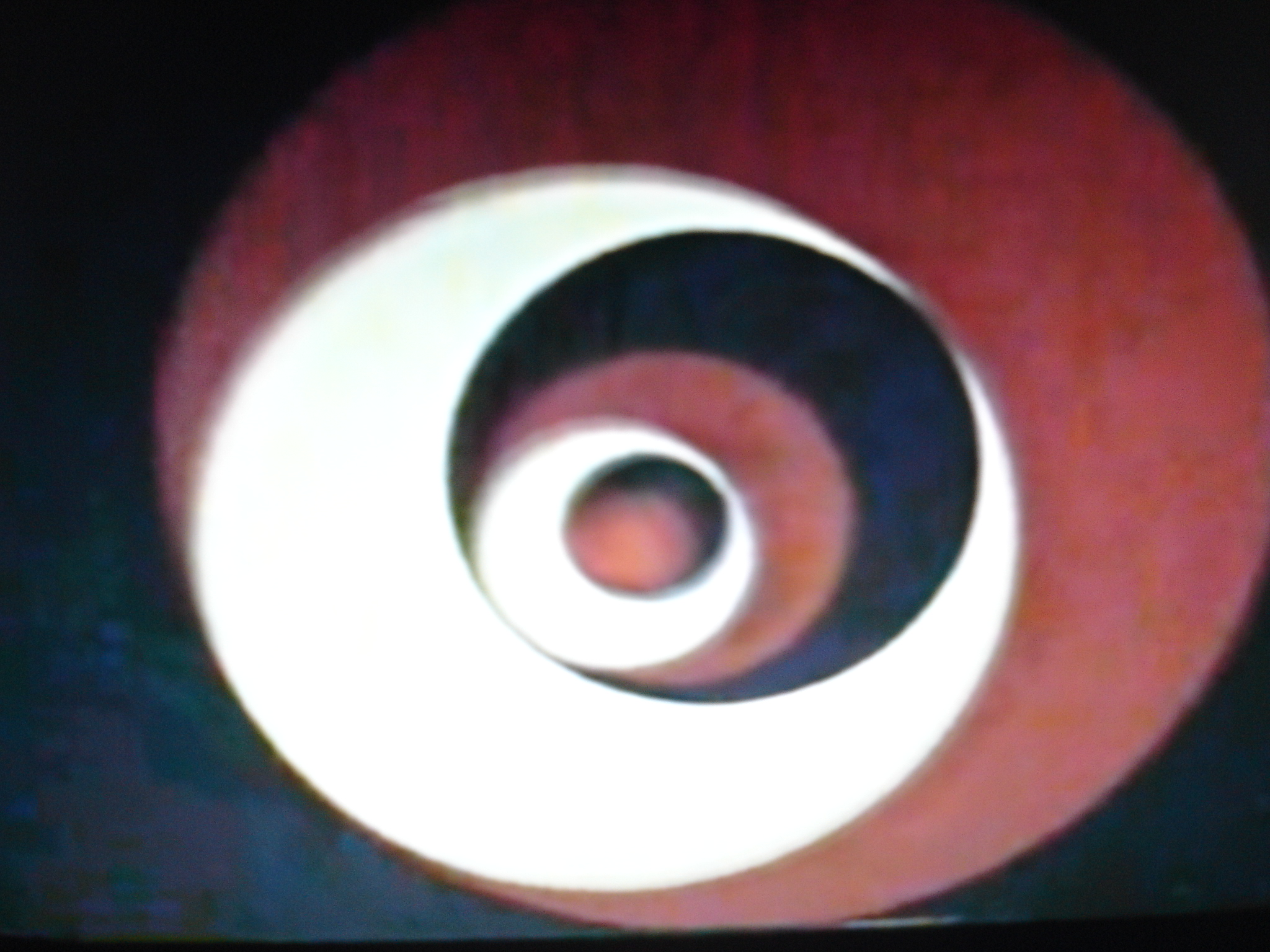


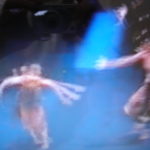
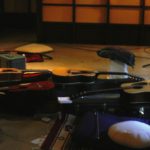
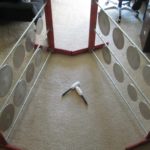
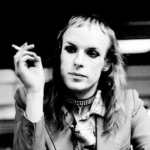
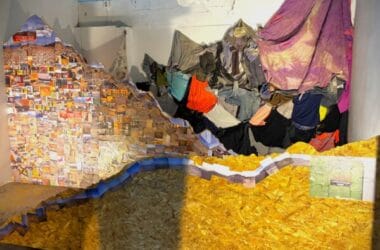





Pingback: Bitter Music in Natural Acoustics with Harry Partch | wilderutopia.com
Pingback: Music of the Tree Rings: Sound of a Wild Forest | WilderUtopia.com
Pingback: John Cage: Sonatas and Interludes - A Meditative Journey | WilderUtopia.com
Pingback: Brian Eno: A Visual Music of Ambient Melody | WilderUtopia.com
Pingback: Visual Poems, Silent Dances of the Maquette Theatre | WilderUtopia.com
Pingback: Prefabricated Surrealism in 'Dreams That Money Can Buy' | WilderUtopia.com
Pingback: Maya Deren: Divine Horsemen Dance the Living Gods of Haiti | WilderUtopia.com